We need the ability to trust that the technologies and services we use are secure by design.
Our digital ecosystem is under near constant threat from activities by malicious actors using techniques that are becoming increasingly more complex, sophisticated, and ubiquitous. Since the beginning of the pandemic, there has been a 300% increase in cybercrime, cyber scams have gone up 400%, mobile malware is on the rise, and there has been a significant hike in the frequency and size of ransomware attacks. For example, malware targeting mobile banking apps nearly doubled in 2021, as cyber criminals seek to take advantage of the rising popularity of mobile banking apps, underscoring the linkage between greater functionality and increasing security risks on smartphones.
Criminal gangs, hackers with a business plan, and even nation states are working around the clock and across the globe to find and exploit vulnerabilities in technologies and services in what are often believed to be secure systems. They are developing sophisticated new “social engineering” strategies to trick users into clicking on malevolent links, infected attachments, or downloading mobile malware directly onto devices. Even a small mistake can be leveraged to put your most personal information at risk, put proprietary business information in jeopardy, expose national security secrets, or even lock down a pipeline, school or hospital for ransom. We have to find the right path forward to reduce this risk.
As a start, one of the best defenses is increasing awareness and adoption of basic cyber hygiene best practices, because according to one study, social engineering or other human error account for almost 90% of successful attempts to exploit a system. Simple steps, like adopting strong passwords, using multifactor authentication, only downloading from official app stores, and avoiding clicking on untrusted links, are among the best ways to protect people from ever-evolving and increasingly problematic cyber threats.
Yet as information technology becomes more pervasive, devices more prolific, and the information we carry with us more sensitive, the attack surface that hackers can attempt to exploit has increased substantially, creating new kinds of potential harm. It means that as technology becomes increasingly central to our lives, making it secure and reliable from the start becomes ever more critical.
Just like a home must be built upon a strong foundation or it will eventually crumble, our new digital home must also be built upon a strong foundation of security – with security built into its very foundation by design. To elevate our cybersecurity posture, we need to elevate our focus on agile solutions across the ecosystem that embrace best practice standards, enable continuous innovation in cyber-defenses, advance globally recognized frameworks, and that are underpinned by smart government policies to keep personal and business data secure and our economy moving forward.
